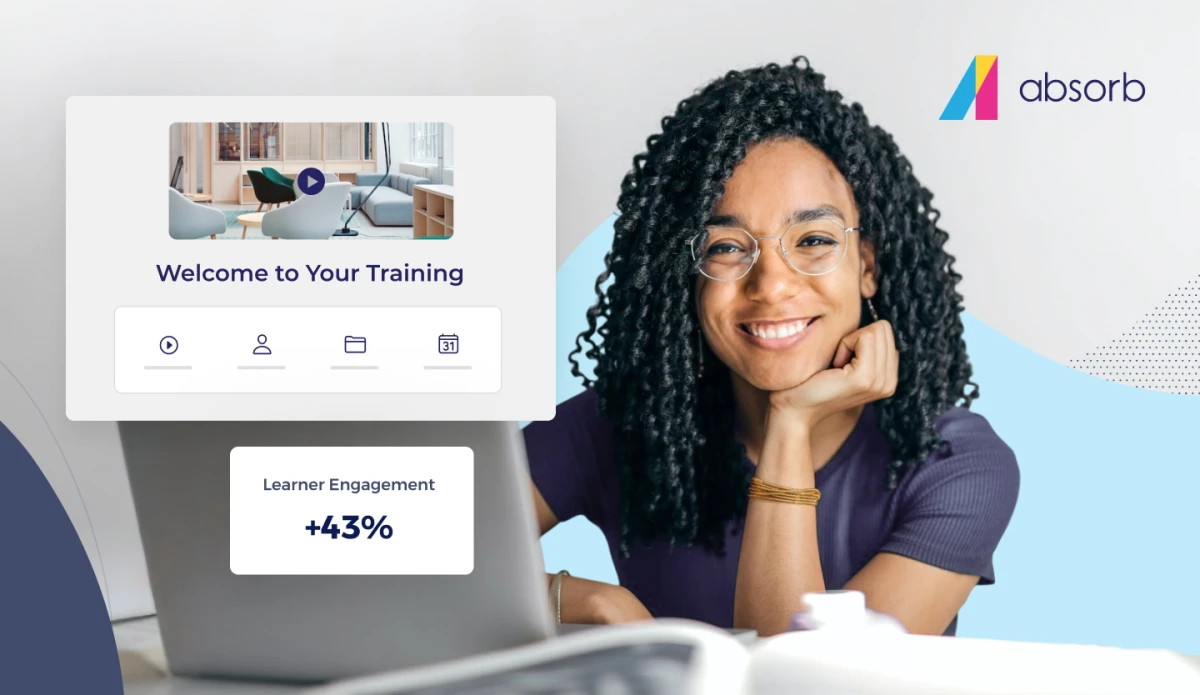We all learn in different ways. Your learners may prefer to master information by reading text, from listening to a lecture, or by studying graphics. However, despite traditional thought, most people don't learn through one style. They learn best through a combination of ways, according to Forbes.
Different styles of learning require different learning approaches. Today, we have multiple ways to gain knowledge—through traditional schooling methods, the internet, interactive platforms and more. With these new tools, we can move from one form of learning to another seamlessly. And eLearning best practices will support that fluidity.
However, we shouldn't outright dismiss older learning theories. Take social learning, for example. Social learning, initially introduced in the 1970s by Albert Bandura, is as applicable today as it was almost 50 years ago.
Understanding the basics of social learning
So, what is social learning? Social learning is the theory that humans learn from one another, through mimicked behaviors and personal interactions. According to Bandura, "most human behavior is learned observationally through modeling: from observing others one forms an idea of how new behaviors are performed, and on later occasions this coded information serves as a guide for action."
Because social learning uses motivation, memory and attention, it encompasses a combination of learning styles, such as cognitive and behavioral. A primary example of social learning involves children and parents. Think about a small child. That child observes and models their parents' behavior for language and movement. This is a basic form of social learning.
Social learning theory, similar to small group learning, can be effectively applied in the workplace. By incorporating social learning into your training and development platform, learners can share, collaborate and exchange ideas. They can not only reinforce positive behaviors through modeling, but they also learn consequences for unacceptable behavior. Further, the learner plays a more active role in receiving information. They aren't merely receiving shared information; instead, the learner actively participates in the process.
Combining social learning with your LMS
Social learning can be easily implemented into your learning management system by allowing learners to gain knowledge through interactions with others. Because of the cooperation required by social learning, this method helps organizations engage learners and facilitate collaboration while achieving eLearning best practices.
Given the increased demands on businesses today, breaking learning into bite-sized pieces for distribution to team members is a forward-thinking way of training. To reach diverse learning audiences, team collaboration is critical to achieving a high impact on learning and development.
To engage teams of learners, social learning can be achieved through different platforms, such as through social media, in-the-flow learning or even formal training. For example, to achieve maximum effect, organizations can incorporate social learning into dashboards, leaderboards, videos or social feeds. Finally, don't write off more traditional learning methods, such as group discussions or mentoring, to promote collaborative and participatory learning.
By incorporating a personalized approach to social learning, learners gain special meaning and purpose from their training. Because of this, learners are more likely to model behaviors and improve their performance if the practice aligns with their personal or professional goals.





